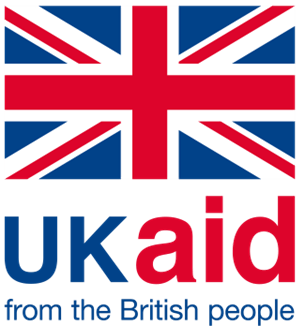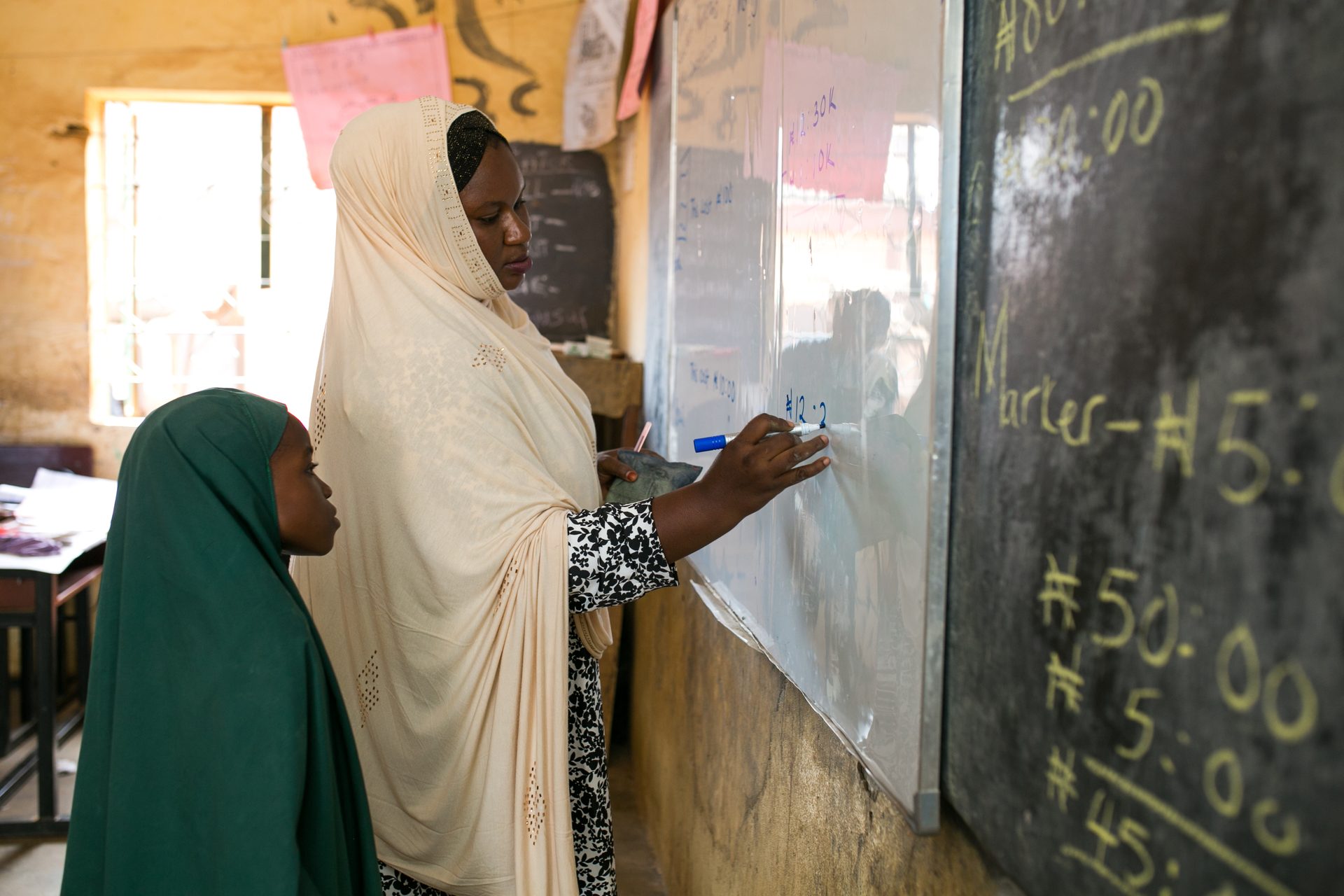

Responsive social protection systems:
AN EXPLAINER
What is a social protection system?
Social protection systems protect people against poverty, vulnerability, and social exclusion.
They do this through a combination of:

Labour Market Policies
Skills training, job search, parental benefits


Social Insurance
Social Care Service
Social security contributions, health insurance
Child and adult care and support, protection services, and assistive technologies for people with disabilities

Social assistance
Including:
- Non-contributory and regular cash or in-kind transfers
- Fee waivers (e.g. education, health)
- School feeding programmes

Labour market policies
Including:
- Skills building programmes
- Job-search and matching programmes
- Employment guarantee programmes

Social insurance
Including:
- Social security contributions
- Health insurance
- Weather-based insurance

Social care services
Including
- Child and adult care and support
- Services for people with disabilities
- Protection services
Thank you for visiting the site.
The experience is tailored for desktop-only. Please visit the site from a computer in maximised window or full screen.
To know about our program please visit our website
Social protection systems are made up of
- Policy
- Programme design
- Implementation and delivery functions
For a social protection system to function well, each of the inter-connected elements within these building blocks must work together.
But what are these elements and how do they relate to each other?
three building blocks

Some of the key documents discussing Social Protection ‘systems’ and component parts include:
World Bank (2012) ‘2012–2022 Social Protection and Labour Strategy: Resilience, Equity and Opportunity’, and its accompanying background paper
Robalino, D.A., Rawlings, L. and Walker, I. (2012) ‘Building social protection and labor systems: Concepts and operational limitations’;
UNICEF and World Bank (2013) ‘Common Ground: UNICEF and World Bank Approaches to Building Social Protection Systems’;
ISPA (2014) Inter-Agency Social Protection Assessments - Core Diagnostic Instrument (CODI);
TRANSFORM learning initiative for building social protection floors in Africa; OECD (2018) Social Protection System Review: a toolkit;
UNICEF (2019) Global social protection programme framework;
Schüring, E., and Loewe, M. (2021) Handbook on Social Protection Systems.
Social Protection as a ‘Solar’ System – visualised by Valentina Barca and Juan Gonzalo Jaramillo Mejia.
Case management
(Also referred to as beneficiary operations management)
To manage the complexity of individuals’ multidimensional needs (e.g. providing tailored guidance/ information/ support while addressing case-specific issues) while also supporting recipients in their interactions with programmes/services along the delivery chain (e.g. supporting compliance with conditionality/ co-responsibility, ensuring information updates and possible programme exit, etc.) and facilitating referrals and linkages across programmes.
Monitoring and evaluation
To measure – and iteratively improve – performance against agreed delivery standards and intended outcomes.
Accountability mechanisms (e.g. grievance redressal)
To enable people to hold the state and service/benefit providers accountable. May include channels to complain, provide feedback, or appeal service/benefit provider’s decisions, as well as processes for these to be responded to and addressed.
Provision of payments/services
To deliver benefits or services to recipients via channels and processes that cater to their different needs and preferences, while curbing potential for fraud.
Assessment of needs/conditions and enrolment
To determine eligibility for different programmes based on each programme’s different qualifying conditions and eligibility criteria. And to formalise the enrolment of eligible recipients via notification and onboarding
Registration
To gather information on people’s characteristics, needs, and conditions – ideally via continuous and on-demand processes.
Outreach/communications/sensitisation activities
To promote awareness of entitlements and procedures – on an ongoing basis and inclusive manner.
Implementation and delivery
The functions through which social protection is targeted, provided, and managed. Different programmes often work through the same functions.
Programme design
The elements that determine the scope and shape of programmes. Decisions relating to these elements not only inform individual programme design, but also how the range of programmes within a system can best work together.
Poverty and vulnerability assessment, risk profiling
Strong systems for data-informed analysis to inform decision-making, which capture gender dynamics and other disaggregated data and include an understanding of changing patterns of poverty, vulnerability, and emerging risks over time.
Benefits/services package
Choice of programmes that best address different vulnerabilities and needs of different groups.
Eligibility criteria and qualifying conditions
Targeting design decisions which are likely to differ across programmes and should encompass a focus on inclusion of those facing the highest barriers and most complex vulnerabilities.
Level/value, frequency and duration of support
The shape of a programme’s support is influenced by a range of factors including that programme’s objectives (e.g. poverty reduction), financial and political constraints, and the maturity of the programme.
Policy
The elements that institutionalise social protection – including how it is financed and governed.
Financing
Sustainable and domestic financing sources, including secure future budget commitments in place.
Legal and policy frameworks
Clarity of strategic vision in terms of social protection’s objectives, functions, internal coherence and linkages with other sectors, ideally embedded in legal and policy frameworks.
Functional and technical capacities
Strong technical and functional capacities at all levels of administration – including the social worker workforce.
Governance and coordination
Established governance arrangements and coordination mechanisms – including dedicated ministries and/or agencies with clear mandates, roles and responsibilities. And coordinating bodies across all relevant crosscutting stakeholders at policy and operational level –plus incentives for collaboration.
Click individual elements to reveal definitions
Imagine social protection as a solar system…
Information Systems
All delivery functions are increasingly underpinned by strong digital information systems. Managing social protection programmes involves the collection, processing, storing and use of data for decision-making and the support of operational delivery. Ensuring these processes are digitised can help to reduce errors and simplify and speed up processes.
Making systems
gender-responsive
Each element of a social protection system should consider the different needs of women and girls at different points in their lives, and anticipate the specific risks they face.
These risks are intensified when women and girls are also subject to other forms of discrimination, including on the basis of age, disability, race and ethnicity, sexual orientation and gender identity.
Gender-responsive social protection can:
- Enhance women’s resilience and reduce poverty and insecurity
- Address different risks that girls and women face at different points in their lives
- Increase access to services and sustainable infrastructure
- Promote women’s and girls’ economic empowerment, voice and agency




















Benefits accumulate over the course
of a woman’s life ...
Click on the various stages of the lifecycle to reveal the outcomes these benefits can influence.
Social protection in crises
Increasingly, social protection systems are being used to respond to crises, including those caused by conflict, COVID-19, and climate change.
People are better able to mitigate and cope with crises in countries where routine social protection systems already have good:
- Coverage (extent of people protected)
- Comprehensiveness (breadth of risks covered)
- Adequacy (appropriateness of benefits)
Strong systems are less likely to collapse when people need support the most.
And they can also flex, expand and adapt in response to adverse events – ensuring increases in peoples’ needs are anticipated and met.
No coordinated response can meet all these standards equally – planning involves trade-offs!
This decision matrix is a helpful tool for visualising these compromises.
As set out in this paper on converging humanitarian and social protection responses to COVID-19, it is not usually possible (or preferable!) to align whole humanitarian and social protection programmes. It is often better to leverage certain parts of the social protection system (administrative processes, institutional capacities, or data) to deliver a humanitarian response. Or conversely, to draw upon elements of humanitarian systems and capabilities to strengthen a social protection response – with a view to longer term system strengthening.
A coordinated crisis response
In settings where social protection systems are less strong, crisis response often involves a patchwork of assistance from different sectors – including humanitarians and disaster risk management authorities, as well as social protection actors.
This patchwork will look different in every context. Each sector has comparative advantages, and these can be brought together in different ways to meet the specific needs of any crisis.
Critical factors to consider and weigh up when designing a coordinated response include:
Cost-effectiveness
Ensuring predictable funding for implementing agencies and of assistance to households
Predictability
Equity and inclusivity
Delivering responses to meet diverse needs, and promoting equality, inclusion and empowerment.
Delivering a more timely response. Avoiding interventions being too late to be useful.
Enabling cost efficiencies, eliminating duplicated delivery systems and processes, minimising gaps in provision and leveraging the most cost-effective systems.
Sustainability
Accountability
Leading to greater government ownership and strengthened government capacity over time.
Timeliness
Putting people at the centre, respecting human rights principles – as well as humanitarian principles where relevant, ensuring dignity and community involvement.
This page was developed as part of the STAAR Facility (Social Protection Technical Assistance, Advice and Resources) implemented by DAI Global UK Ltd and funded by the UK Foreign, Commonwealth and Development Office.
STAAR is dedicated to expanding and improving the effectiveness of investments in both gender-responsive social protection and social protection approaches in crises.
For the latest updates and publications from the STAAR Facility, follow us on LinkedIn.
The views expressed in this page are entirely those of STAAR and do not necessarily represent FCDO’s own views or policies.


